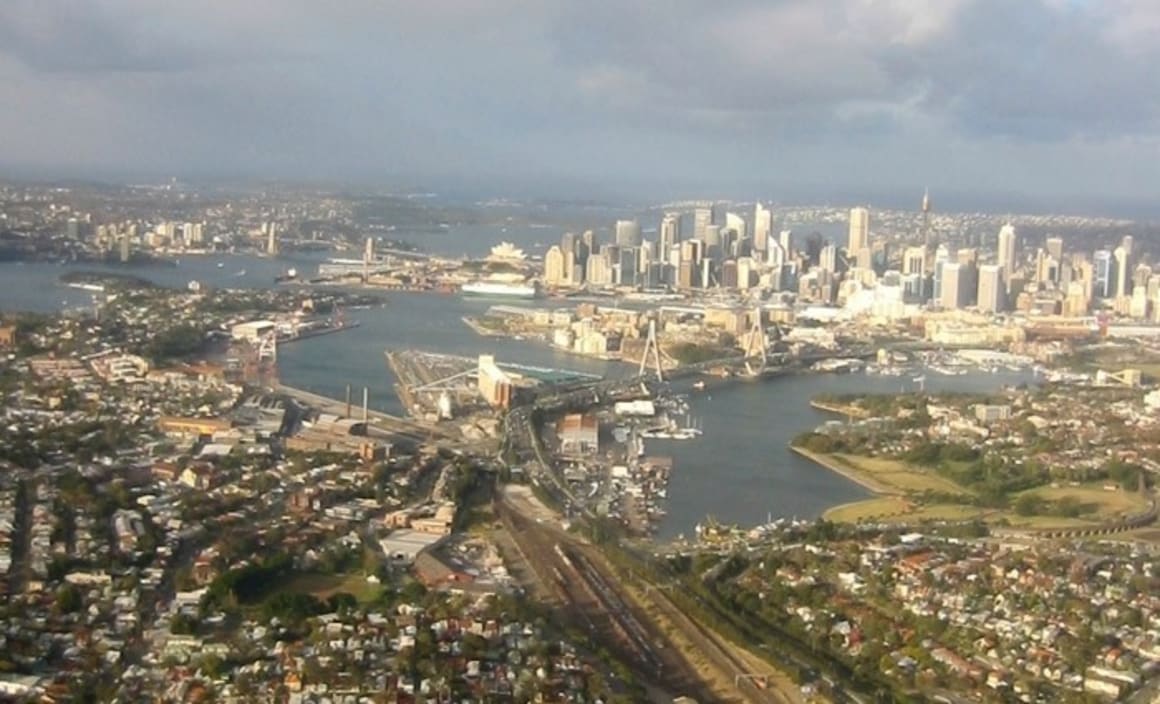Sydney home prices record biggest slide in five years: CommSec Research

GUEST OBSERVER
Sydney property prices fell by 1.4%, marking the biggest fall in nearly five years.
Melbourne property prices fell by 3.5% in November – the largest fall in 18 months.
The CoreLogic RP Data home value index of capital city home prices fell by 1.5% in November to stand 8.7 % higher over the year.
Dwelling prices rose in just three of the eight capital cities in November.
The performance of manufacturing index lifted by 2.3 points to 52.5 in November, the highest reading in two years. A reading above 50.0 indicates that the sector is expanding.
Production, orders, employment, exports and sales all recorded healthy gains in November.
What does it all mean?
So far so good. The second day this week of better economic data. A mild correction in property prices (particularly in Sydney and Melbourne) is a good thing, while a healthy expansion is taking place in manufacturing activity (two-year high).
The slide in capital city home prices in November marked the first fall in six months and the biggest slide nationally in 18 months. No doubt the weakness in home prices is being driven by the tightening in lending criteria by the banking sector.
In particular the concerted effort to cool investor demand or speculative home purchases is paying dividends.
Sydney house prices recorded a 1.4 % slide in November - its biggest fall in almost five years. But keep in mind Sydney home prices are still up almost 13 % over the year.
While it was encouraging that Sydney and Melbourne prices pulled back, the perfect scenario would have been for a credible lift in prices across other capital cities.
Dwelling prices fell in five of the eight capital cities, and while “Rest of State” prices managed to lift by 0.3 % in November, annual growth holds at a paltry 2.8 %.
This highlights the issues facing policymakers in attempting to manage a very diverse housing market. What we would expect to see is the lift in capital city house prices eventually filters out across the regional towns over the next 12-24 months.
The consolidation in home prices is unlikely to see home building dry up.
There is a record pipeline of dwelling approvals that suggest a lot of building work will take place over the next 12-24 months - supportive of a lift in activity levels over the medium term.
The rebalancing effect across the economy continues to take place.
Manufacturing activity is now expanding at the fastest pace in two years and more importantly the sub-indices like, employment, production, sales and exports are all showing a credible lift.
The results mirror the lift in manufacturing investment in last week’s business investment data. No doubt the weaker Australian dollar will continue to support the sector.
What do the figures show?
Home prices
- The CoreLogic RP Data Hedonic Australian Home Value index of capital city home prices fell by 1.5 % in November to stand 8.7 % higher than a year ago.
- House prices fell by 1.6 % in November while apartments fell by 0.9 %. House prices were up 9.1 % on a year ago and apartments were up by 6.6 %.
- The average Australian capital city house price (median price based on settled sales over quarter) was $626,000 and the average unit price was $525,000. The average Sydney house price was $950,000 – still some way off the $1 million mark.
- Dwelling prices rose in just three of the eight capital cities in November: Adelaide (up 0.7 %), Brisbane (up 0.6 %) and Perth (up 0.3 %).
- Prices fell most in Melbourne (down 3.5 %), Hobart (down 2.4 %), Sydney (down 1.4 %), Darwin (down 1.3 %) and Canberra (down 0.5 %).
- Home prices were higher than a year ago in six of the eight capital cities. Prices rose most in Sydney (up 12.8 %), followed by Melbourne (up 11.8 %), Canberra (up 4.5 %), Brisbane (up 4 %), Adelaide (up 3.3 %), and Hobart (up 1.1 %).
- Prices fell in Darwin (down 4.2 %) and Perth (down 4.1 %).
- Total returns on capital city dwellings in the year to November rose by 12.8 % with houses up 13.0 % on a year earlier and units up 11.4 %.
CoreLogic RP Data noted that as a consequence of the tighter lending environment for rental yields, combined capital cities investors, as well as gross rental yields being at near record lows, participation in the housing market from investors has reduced from 54.1 % of all new mortgages in May 2015 to 45.4 % at the end of September, which is the lowest level since July 2013.
Data released by APRA at the end of last month showed the pace of investment related housing credit growth fell below the APRA 10 % speed limit for the first time since September last year, with the monthly change in investment credit growth the lowest since October 2011.
According to today’s results, the slowdown comes after auction clearance rates have moderated back to the low 60 % range since the last week of October, whilst average selling time and vendor discounting rates also continue to rise from their record lows.”
Performance of Manufacturing
- The Performance of Manufacturing index lifted by 2.3 points to 52.5 in November. A reading above 50.0 indicates that the sector is expanding.
- Production, orders, employment exports and sales all recorded healthy gains in November.

Savanth Sebastian is an economist for CommSec.